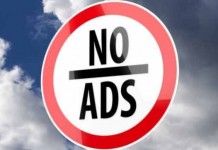 Rupert Murdoch’s paywalled Times papers have seen traffic drop considerably, leading advertisers to rethink their expenditures. But a report mentioned on Read Write Web suggests that paywalls, when implemented properly, may not be the kiss of death to ad revenue after all.
Rupert Murdoch’s paywalled Times papers have seen traffic drop considerably, leading advertisers to rethink their expenditures. But a report mentioned on Read Write Web suggests that paywalls, when implemented properly, may not be the kiss of death to ad revenue after all.
Out of two dozen small- and medium-sized newspapers served by Journalism Online, those that chose to implement a progressive paywall scheme where visitors get to view a certain amount of content without paying (as I noted earlier today that the New York Times will be using) found unique visits and page views fell by only slight amounts, and they had no decline in their ad revenue.
"If you set this meter conservatively which we urge people to do, it’s a nonevent for 85, 90, 95 percent of the people who come to your Web site," Journalism Online’s Steve Brill tells The New York Times. Most papers, says Brill, set a limit on the number of free articles somewhere between five and 20 per month, and charged a monthly subscription fee from around $3.95 to $10.95.
It makes sense; most people who visit any given news site will probably just be there to read the one story someone else in their network tweeted or Facebooked, or that they found via a news aggregator. They’ll still view ads the same as anyone else. The people who specifically want to read all of the site, regularly, will be more inclined to subscribe.
































